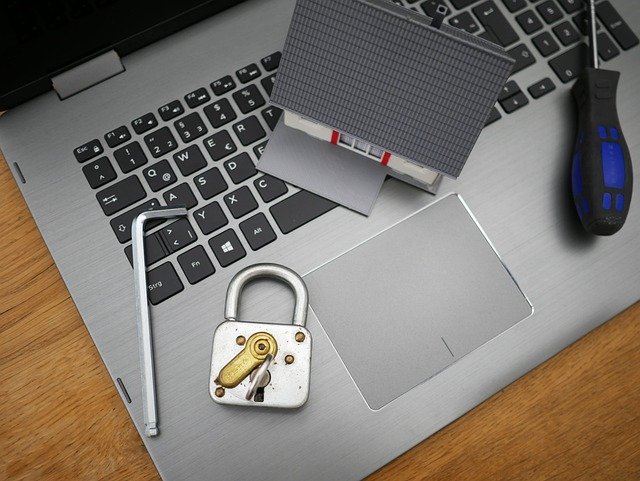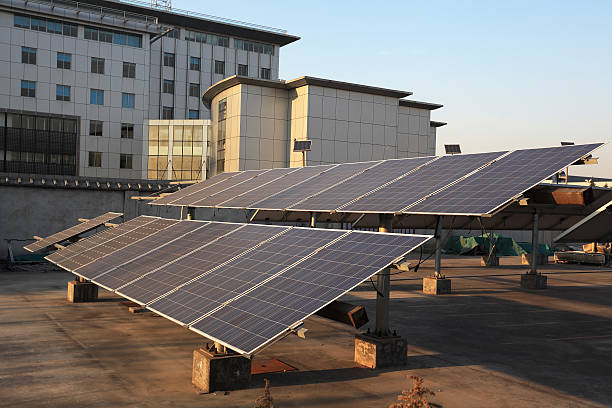Unveiling the Potential of LiDAR Technology in Consumer Electronics
Imagine a world where your smartphones can accurately map your surroundings, robots can navigate seamlessly, and self-driving cars can detect obstacles with pin-point precision. Welcome to the world of Light Detection and Ranging (LiDAR) technology, a rapidly evolving tech advancement that is reshaping the landscape of consumer electronics.

Unfolding the History of LiDAR
LiDAR, pronounced as ‘lie-dar’, was first developed in the early 1960s, shortly after the invention of the laser. Initially, it was primarily used in meteorology to measure clouds and pollution. However, over the decades, LiDAR’s application has extended far beyond meteorology, paving the way for groundbreaking advancements in various fields, such as geography, forestry, and most recently, consumer electronics.
LiDAR in Action Today
Today, LiDAR is making headlines in the tech world with its integration into consumer electronics. Leading the charge is Apple, who introduced a LiDAR scanner in its iPad Pro in March 2020, followed by the iPhone 12 Pro and iPhone 12 Pro Max later in the year. This integration allows for highly accurate depth mapping, paving the way for advanced Augmented Reality (AR) applications and improved photography.
The Magic Behind LiDAR Technology
LiDAR works by emitting laser beams and measuring the time it takes for the light to bounce back after hitting an object. This information is used to create a detailed 3D map of the environment. Unlike traditional camera systems, which struggle in low-light conditions, LiDAR can function effectively regardless of lighting conditions as it uses its light source.
LiDAR’s Market Impact and Estimated Price Range
The integration of LiDAR into consumer electronics is expected to cause a significant surge in the global LiDAR market, which is projected to reach $2.8 billion by 2025, according to a report by Markets and Markets. As for the cost, LiDAR systems used to be notoriously expensive, with prices reaching up to $75,000. However, with advancements in technology and increased demand, the cost has been gradually decreasing, making it more accessible for consumer electronics.
The Future of LiDAR in Consumer Electronics
While LiDAR is currently used in high-end smartphones and tablets, its potential is far from fully tapped. Future applications could include advanced home automation, where devices can accurately map the room and anticipate your needs, or gaming, where players can interact with a virtual environment in real-time. The possibilities are endless, and as LiDAR technology continues to evolve, we can expect to see it becoming an integral part of our everyday tech.
In conclusion, LiDAR technology is ushering in a new era of possibilities in consumer electronics. Its ability to accurately map surroundings in 3D is not only improving the capabilities of current devices but also opening up exciting new avenues for future tech innovations. So, the next time you use an AR app on your iPhone or navigate your robot vacuum cleaner around your house, remember: it’s all thanks to the power of LiDAR.





